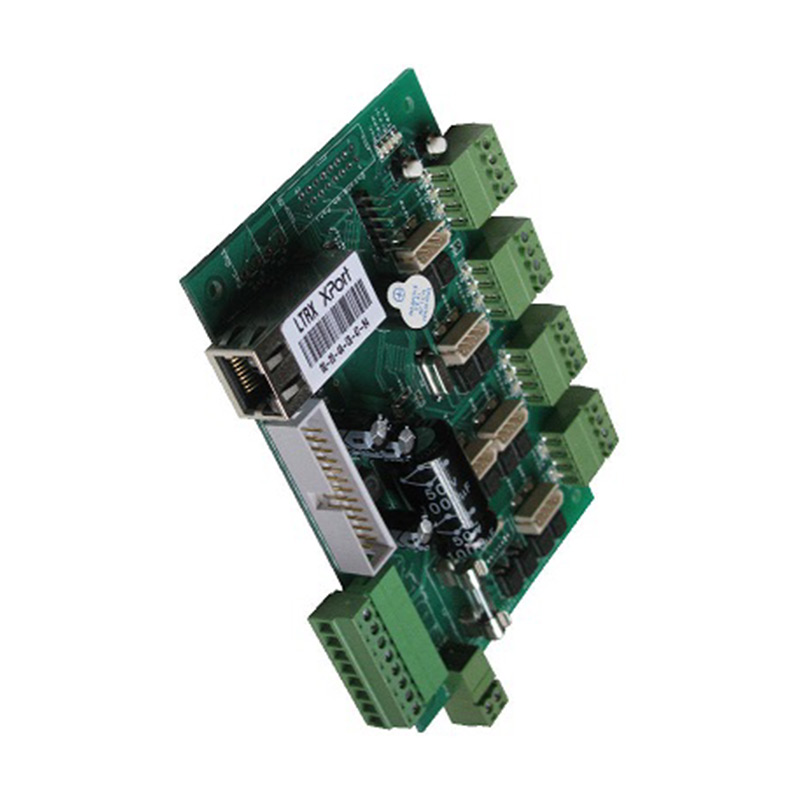

Exploring Low-E Glass Options A Guide to Energy Efficiency and Comfort
In today's world, energy efficiency is more critical than ever. As we strive to reduce our carbon footprint and lower energy costs, innovative technologies in building materials have come to the forefront. One of the most significant advancements in this field is Low-Emissivity (Low-E) glass. This article explores the different Low-E glass options available, their benefits, and their impact on energy efficiency.
What is Low-E Glass?
Low-E glass is a type of energy-efficient glass that has a special coating designed to minimize the amount of infrared and ultraviolet light that comes through the glass without compromising the amount of visible light that enters a building. Essentially, it acts as a barrier, reflecting heat back into the building during winter while keeping it out during the summer. This remarkable property helps maintain consistent indoor temperatures, ultimately leading to comfort and energy savings.
Types of Low-E Glass
Low-E glass comes in several varieties, each tailored to specific climatic conditions and performance requirements. Here are the main types
1. Passive Low-E Glass This type is designed to maximize solar heat gain while still providing a high level of insulation. It is ideal for colder climates where heating is a significant concern. Passive Low-E glass helps capture sunlight to warm indoor spaces, reducing the need for heating systems.
2. Solar Control Low-E Glass This variant is purpose-built for warmer climates. It reflects a substantial portion of the sun’s solar energy before it enters a building. This feature keeps indoor spaces cooler and reduces reliance on air conditioning, leading to lower energy costs.
3. Dual-Function Low-E Glass Combining features of both passive and solar control Low-E glass, this type is especially versatile. It is useful in mixed climates where the temperature may vary significantly throughout the year. Its dual functionality allows for optimal energy efficiency across changing seasons.
Benefits of Low-E Glass
The incorporation of Low-E glass into windows and doors presents numerous benefits
- Energy Savings One of the most compelling reasons to choose Low-E glass is its capacity to decrease energy bills. By maintaining a stable indoor temperature, it lessens the load on heating and cooling systems.

- Comfort With improved insulation and reduced heat transfer, Low-E glass helps create a more comfortable living environment. You can enjoy natural light without the uncomfortable heat or glare often associated with standard windows.
- UV Protection Low-E glass reflects harmful UV rays that can fade interior furnishings, carpets, and artwork. This protection enhances the longevity of your belongings, ultimately saving you money on replacements.
- Environmental Impact Using Low-E glass contributes to a more sustainable environment by lowering energy consumption, which leads to a reduction in greenhouse gas emissions. This eco-friendly aspect is increasingly important to consumers today.
- Noise Reduction Some Low-E glass options also offer sound attenuation, making your home quieter. This feature can be especially valuable in urban areas or near busy streets, providing a more serene living environment.
Installation Considerations
While the benefits of Low-E glass are clear, proper installation is crucial to maximize its effectiveness. Here are some points to consider
- Choosing the Right Type Depending on your local climate and specific needs, selecting the correct type of Low-E glass is essential. Consulting with a knowledgeable professional can help ensure you make the best choice for your situation.
- Quality of Installation Work with reputable contractors experienced in installing energy-efficient windows. Proper installation is vital for maximizing the performance of Low-E glass.
- Regular Maintenance To ensure the longevity and efficiency of Low-E glass, regular maintenance is required. Keep the frames clean and check for any sealing issues to maintain optimum energy performance.
Conclusion
Low-E glass options offer an excellent way to enhance energy efficiency in homes and buildings. With various types catering to different climate regions and needs, homeowners can significantly improve comfort and reduce energy bills. As we continue to seek sustainable solutions in our living environments, investing in Low-E glass proves to be a smart choice for the future. Consider upgrading your windows today for a more comfortable, energy-efficient tomorrow.